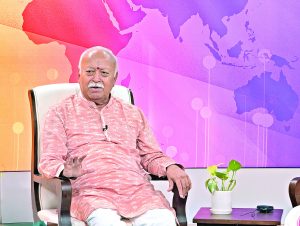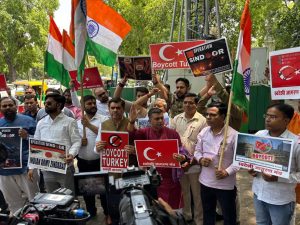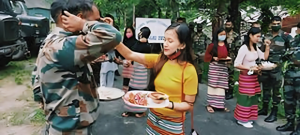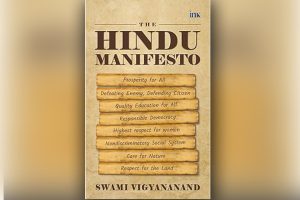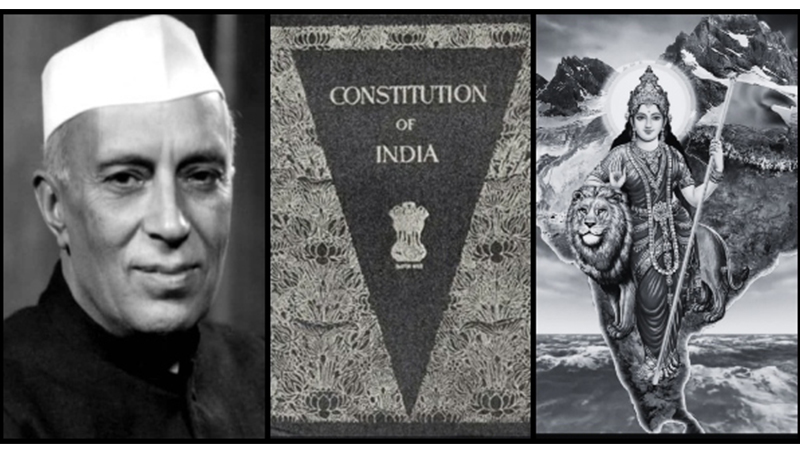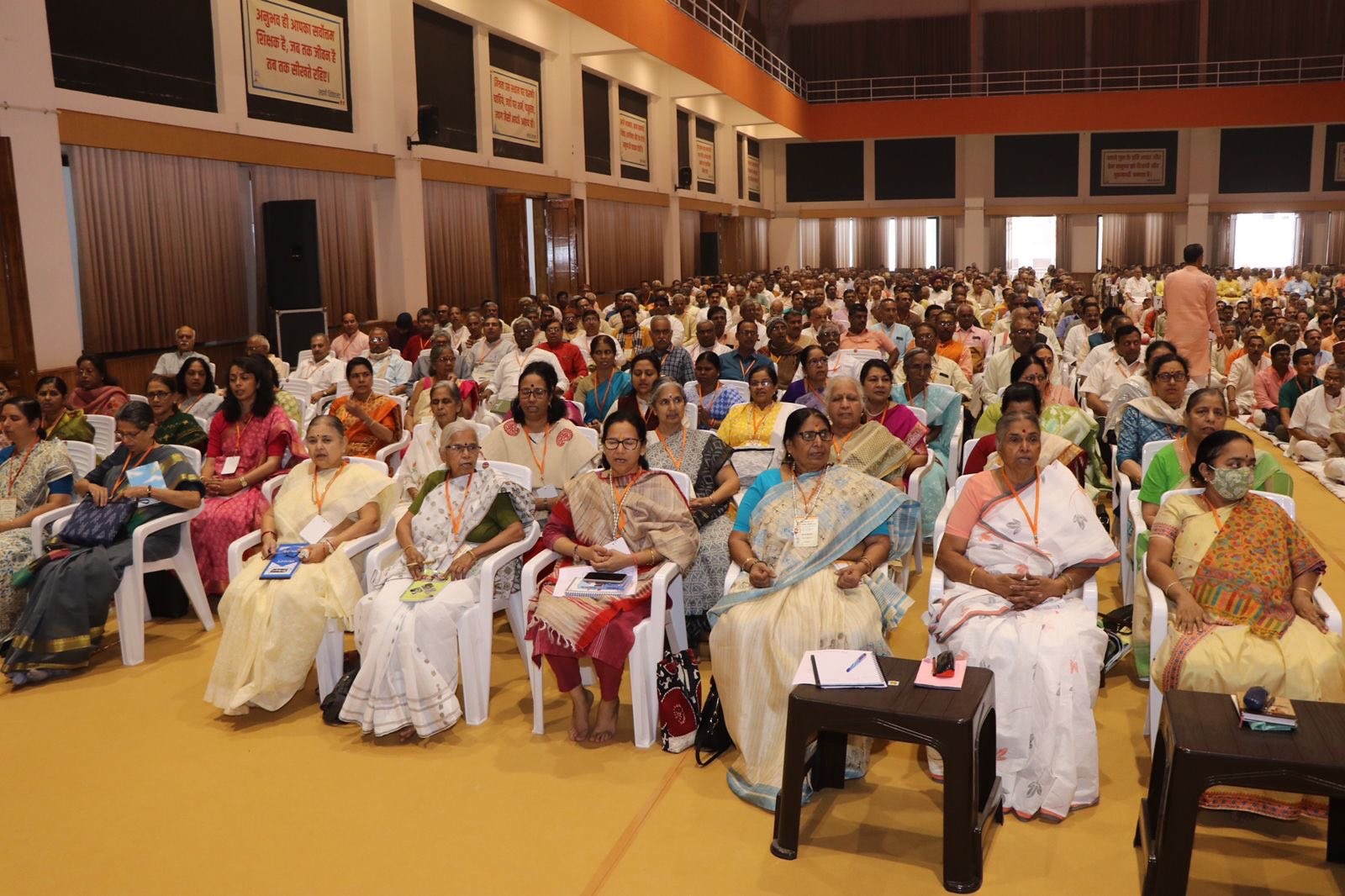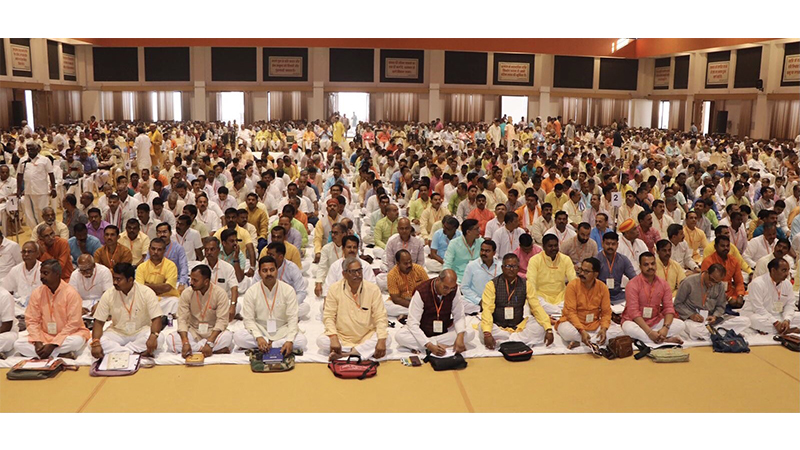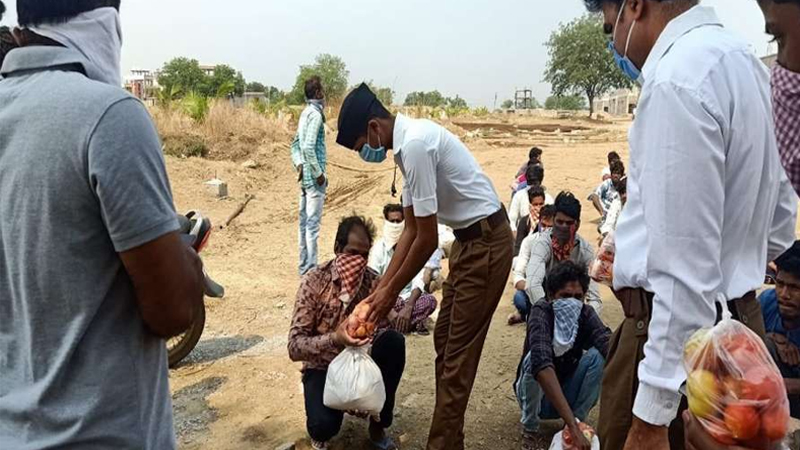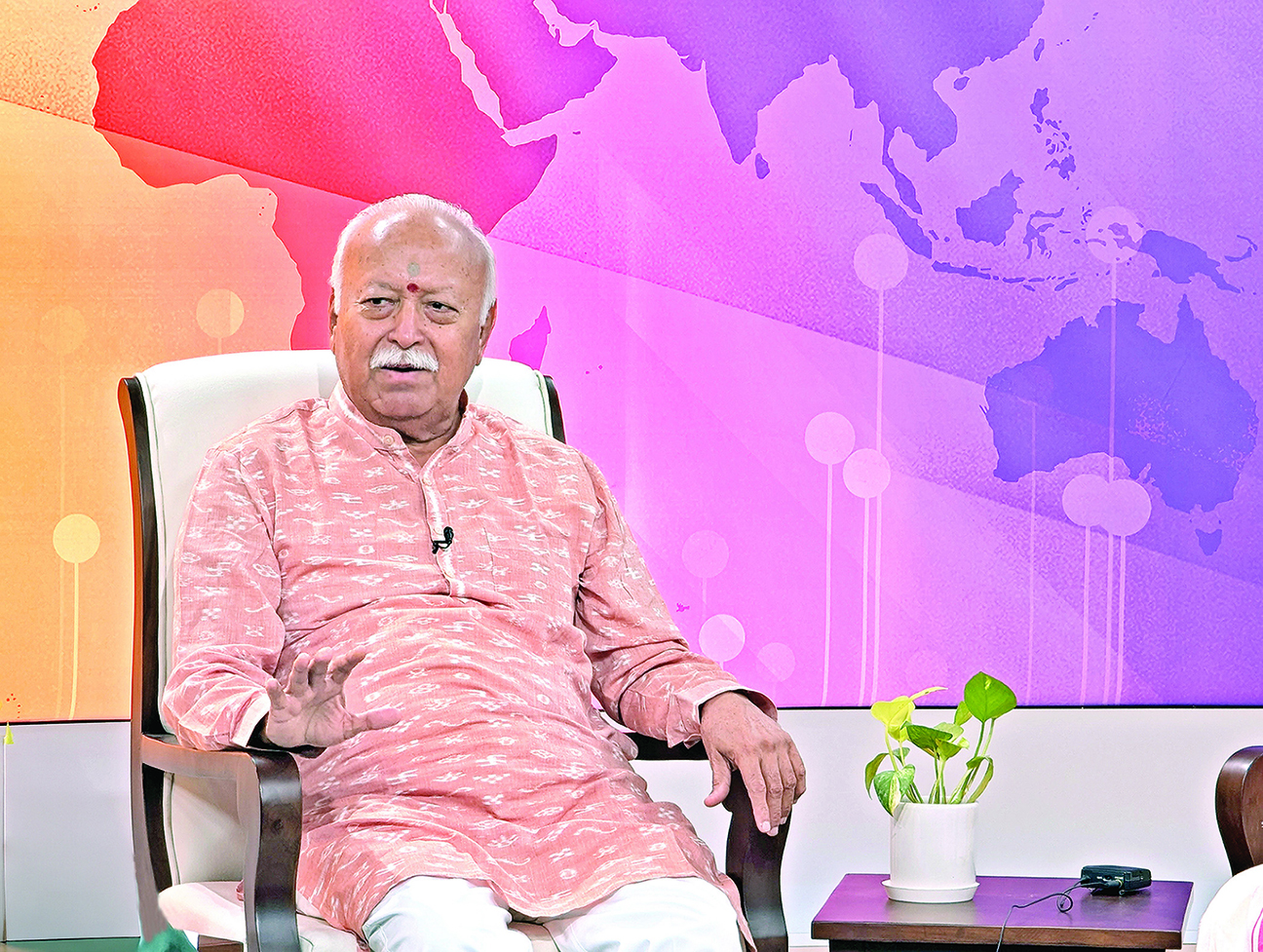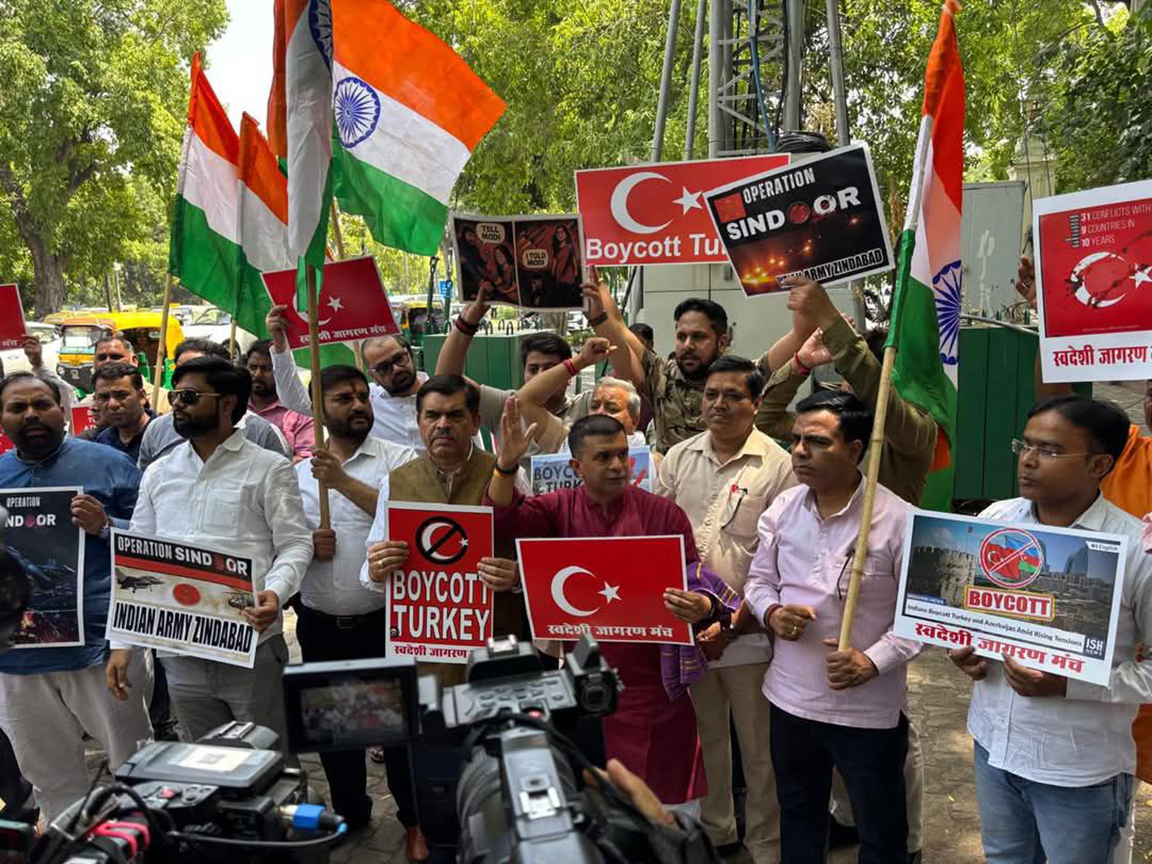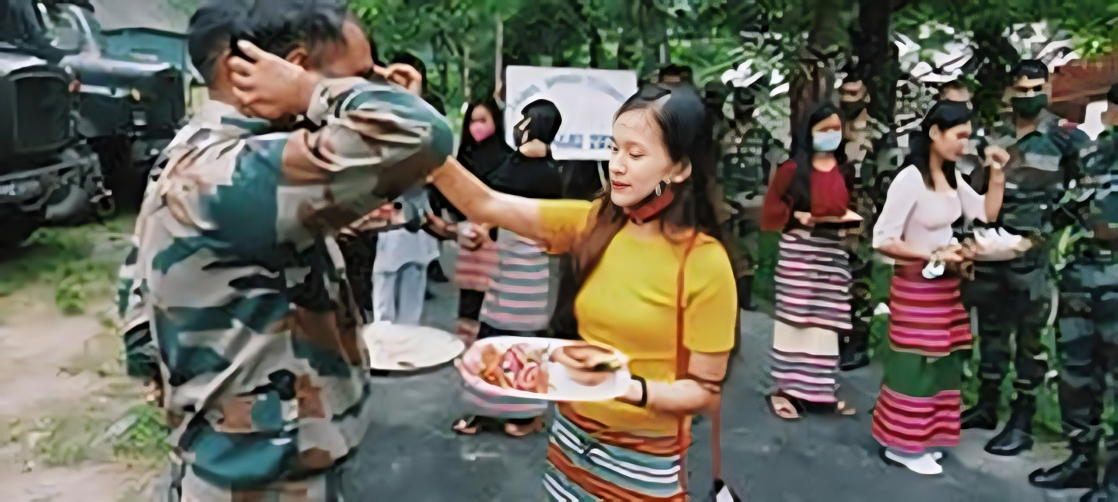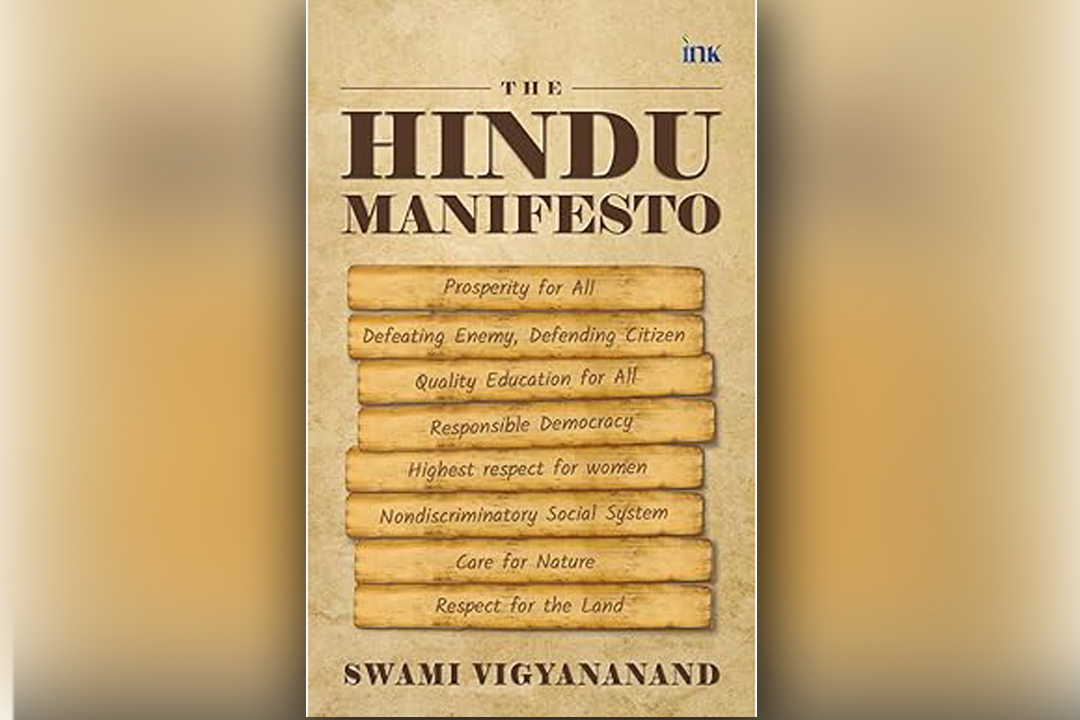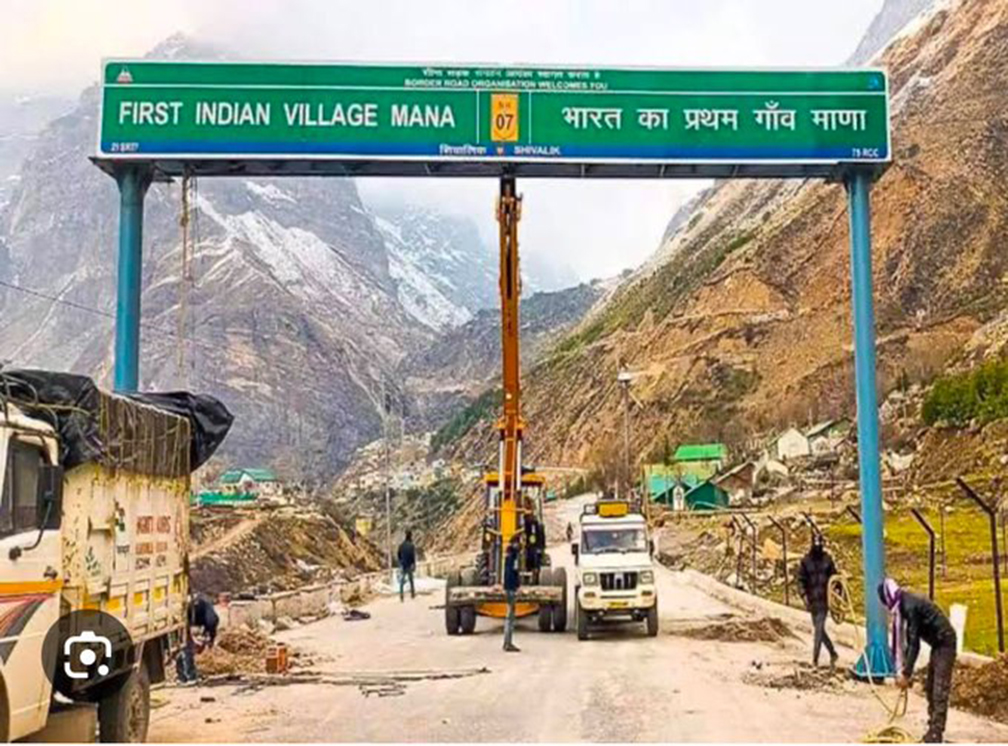What role RSS volunteers played during partition of India
Updated: August 2, 2023 6:28
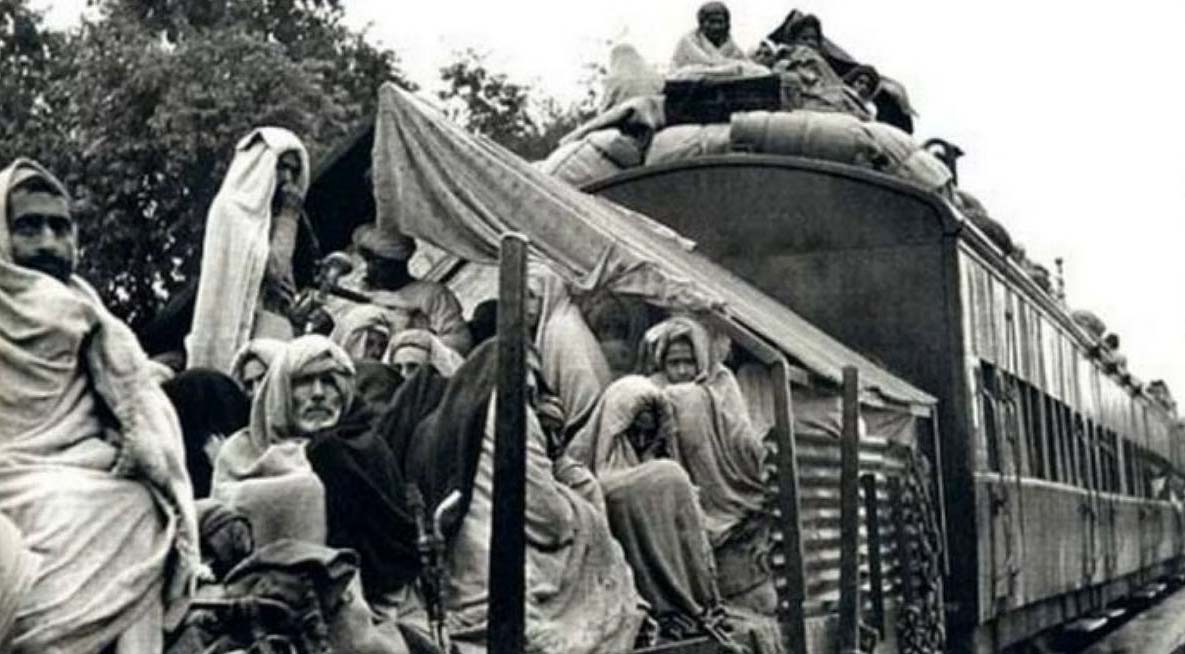
The partition of Bharat in 1947 is one of the bloodiest events in the world’s history. The Congress leadership had left millions of Hindus in the East and West Pakistan at the mercy of Muslim mobs led by the Muslim League leaders and aided and abetted by the Muslim dominated police and military. It was the Rashtriya Swayamsevak Sangh (RSS) that came to rescue and protect the lives and dignity of millions of Hindus. There are scores of testimonials which give first-hand accounts of the bravery and valour of the RSS swayamsevaks in this regard but somehow, they have conveniently been ignored.
Manikchandra Vajpayee and Sridhar Paradkar have painstakingly put hundreds of these testimonials in Partition Days: The Fiery struggle of the RSS. According to Vajpayee and Paradkar, in both East and West Pakistan, the Congress government and the Congress Party had left the Hindus to the tender mercies of Muslim League beasts and the blood thirsty Pakistani Army and Police. Congress leaders preached to the Hindus to courageously stay put but themselves caught the first flight to Delhi. They miserably failed in their duty to the Hindus in that hour of crisis.
‘In such times swayamsevaks (volunteers) of the RSS came forward. Without concern for their own families, they risked everything to protect fellow-Hindus. The Punjab relief committee was set up. Relief camps were opened at many places. Hindus from nearby villages, who were not secure, were brought to these camps and from there taken to India with the help of the Indian army and they did not think it was the end of their duty. They even provided food and shelter to lakhs of displaced fellow- countrymen for months together.”
Hundreds of swayamsevaks (volunteers) sacrificed their lives while carrying out these operations and activities in Pakistan. AN Bali, a professor of English at Lahore, gives a riveting first-person account in his book, Now It Can be told, which was published in 1949. Bali writes, “Non-Violence and the advice given by (Congress leaders), to stay out where they were with a firm trust in God could only be given from a safe distance. Who else came to the rescue of the people at this stage, but a band of young selfless Hindus, popularly known as the RSS. They organised in every Mohalla of every town of the province the work of evacuation of the Hindu and Sikh women and children from dangerous pockets to comparatively safe centres. They organised their feeding, medical aid, clothing and care.”
Bali adds, “Parties for the protection of institutions were organised. Even fire engine brigades were formed in various towns. Arrangements for transport by lorries and buses and provision of escort on the trains carrying the fleeing Hindus and Sikhs were organised. Day and Night vigils in various Hindu and Sikh localities were kept and people were taught how to defend themselves when attacked. When the situation on the eve of partition became very serious and law and order utterly broke down or it would be more correct to say, was now used only to suppress the Hindus and Sikhs, several members of the RSS showed their proficiency in the use of fire weapons. It almost became a tit for tat. These young men were the first to come to the help of the stricken Hindus and Sikhs and were the last to leave their places for safety in East Punjab.”
Even the Congress leaders in several districts of Punjab had sought the RSS’ help to rescue their families and relatives from the blood thirsty Muslim mobs.
Bali interestingly points out that not even a single request for help was refused by the RSS volunteers. “There are cases which came to (the) notice, where the Muslim women and children were safely escorted out of the Hindu Mohallas(colonies) and sent to Muslim League refugee centres in Lahore by the RSS men.”
The weekly Akashvani journal published from Jalandhar, carried a press statement in October 1949 (pp6-7) by well-known freedom fighter and member of Constituent Assembly, KM Munshi who said that the RSS swayamsevaks(volunteers) showed unparalleled bravery in Punjab and Sindh. They fought with the tyrant Muslims and saved the honour and lives of thousands of women and children. Many of these young men laid their lives while carrying out this task, said Munshi.
The second Sarsanghchalak of RSS, MS Golwalkar, popularly known as Shri Guruji himself wrote an article in Marathi magazine Purushartha, where he said, “In those days, Sangh swayamsevaks (volunteers) showed unparalleled courage and capacity in saving many families. People were amazed at the way the whole task was accomplished. At that time, I stayed for some days in Amritsar in order to study the situation and encourage the swayamsevaks (volunteers). I visited camps, where I met people who now hold high positions. They prostrated themselves before me and said, but for your Sangh, we and our women and children would not have been saved. I met Army officers who too praised the great courage of swayamsevaks..Thus the Sangh was praised everywhere.”
Sardar Vallabhbhai Patel, the then Home Minister of India, while replying to a letter written by Shri Guruji to him on 11 August 1948 said that the RSS undoubtedly served the Hindu society in the time of crisis. He said that in such areas, where their help was needed, the youth from the Sangh protected the women and children and did a lot for them.
RSS saved ‘Golden Temple’ twice
The RSS, in fact, helped save the Golden Temple at Amritsar twice from the attack of Muslim League goons. Vajpayee and Paradkar have mentioned these two incidents. The first attack came on the night of 6 March 1947 and the second one three days later.
During the first attack a formidable, organized mob of Muslims led by National Guards (militia arm of Muslim League) in their uniform advanced from Sherawala Gate to Chowk Fawara in Amritsar. This time their target was the well-known Krishna Textile market and sacred Golden Temple. But…the moment they reached Chowk Fawara, they were fiercely attacked from all sides with lathis, swords, spears, knives and bombs. The mob saw that the attackers were none other but the RSS volunteers. They had taken such fright over the swayamsevaks’ past record that they ran away. Thus the victory under the leadership of brave swayamsevaks saved both the Krishna market and Golden Temple from destruction.
The RSS posted 75 swayamsevaks (the complete list with names and addresses is available in the appendix of Partition Days: The Fiery Saga of RSS) to safeguard the Golden Temple from any further onslaught.
The RSS’ operations to protect the Darbar Sahib were primarily led by Dr Baldev Prakash, the then chief of RSS’ evening shakhas in Amritsar, along with the town pracharak (full time worker) Dr Indrapal, and Goverdhan Chopra, incharge of morning shakhas in Amritsar.
The second attack by Muslim mobs began on 9 March. Vajpayee and Paradkar have given a blow-by-blow account of this incident too.
“That day March 9, 1947 troops of uniformed Muslim National Guards begin to advance towards the Gurdwara from three sides. A big contingent was advancing from the League’s stronghold in Katra Karam Singh, the second from Namak Mandi and the third from Sherawala Darwaza. All of them were armed.”
“There were a handful of sewadars and they were frightened. Unfortunately, about a hundred unarmed pilgrims were also trapped inside. Because of the curfew they could not leave. Jathas of Sikhs from the rural areas who were coming on receiving information about the situation were stopped outside by armed policemen. This had been done in conspiracy with the League. Phone calls were coming to the Punjab relief committee office from the Gurdwara saying Muslim mobs were advancing towards the Darbar Sahib and the Golden temple was in danger. ‘Would you swayamsevaks not come to our aid?’ Durga Das Khanna, in-charge of the Karyalaya (RSS office) kept assuring them — Don’t panic, swayamsevaks have reached there and they have taken up positions in every lane. Whatever the cost, we won’t let anything happen to the sacred Darbar Sahib. This time too we will teach the Muslims a lesson.”
The Muslim groups were advancing but the swayamsevaks were also alert. Dr Baldev Prakash had also reached there with a team of swayamsevaks. Every mohalla and every house had already turned into a fortress. “This time the plan was not just self-defence but counter attack.”
The first confrontation was at Chowk Fawara where Muslim mobs had to retreat after some fighting. At all other places also Muslim mobs had to retreat back.
“Now the tables were decisively turned. The attackers were on the run and the defenders were chasing them and punishing them. The whole city rang with the shouts of ‘Har Har Mahadev’ and ‘Sat Shri Akaal’.”
There are hundreds of tales of bravery and valour displayed by the fearless swayamsevaks(volunteers) of the RSS during the partition. As mentioned earlier many of them made supreme sacrifices also. As the nation remembers horrors of Partition on ‘Vibhajan Vibhishika Diwas’(Tragic Partition Day) on 14 August every year, it is time to pay homage to those swayamsevaks(volunteers) who laid their lives while rescuing others and recognise the role played by the RSS during the partition of India.
(This article was first published in FirstPost on August 13, 2022. Web Link: https://www.firstpost.com/opinion/right-word-time-to-recognise-unparalleled-bravery-and-sacrifices-of-rss-swayamsevaks-during-partition-11053891.html)
